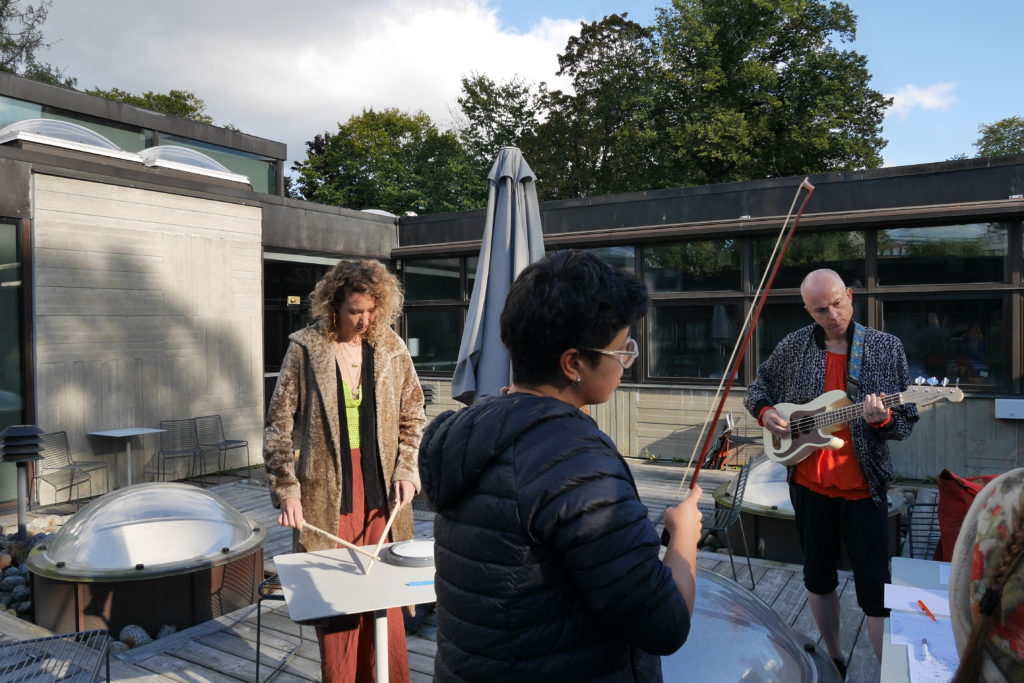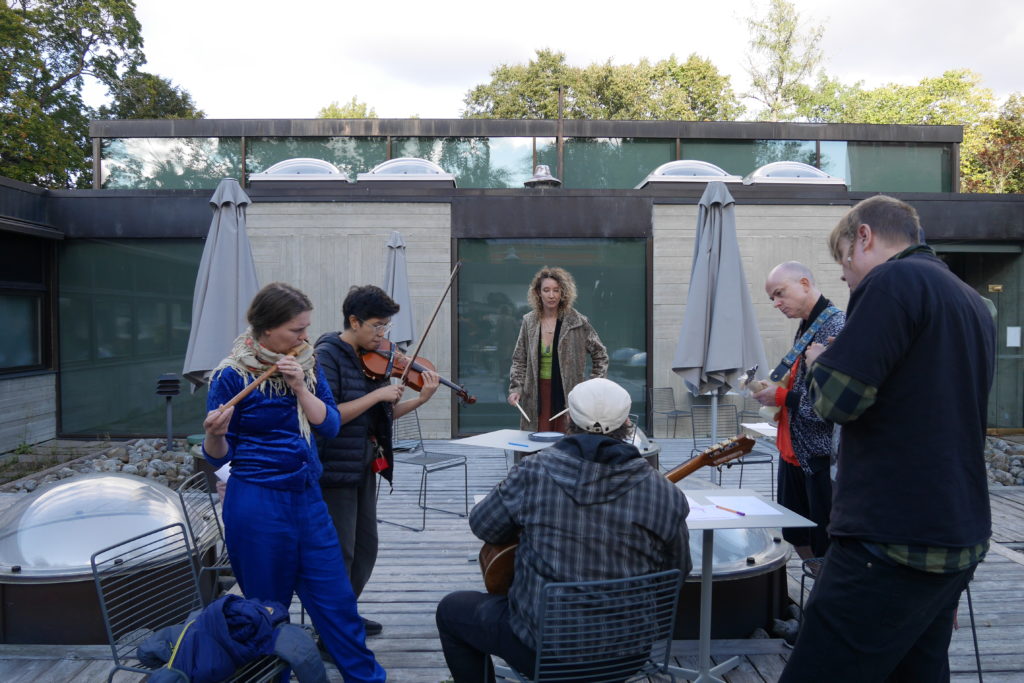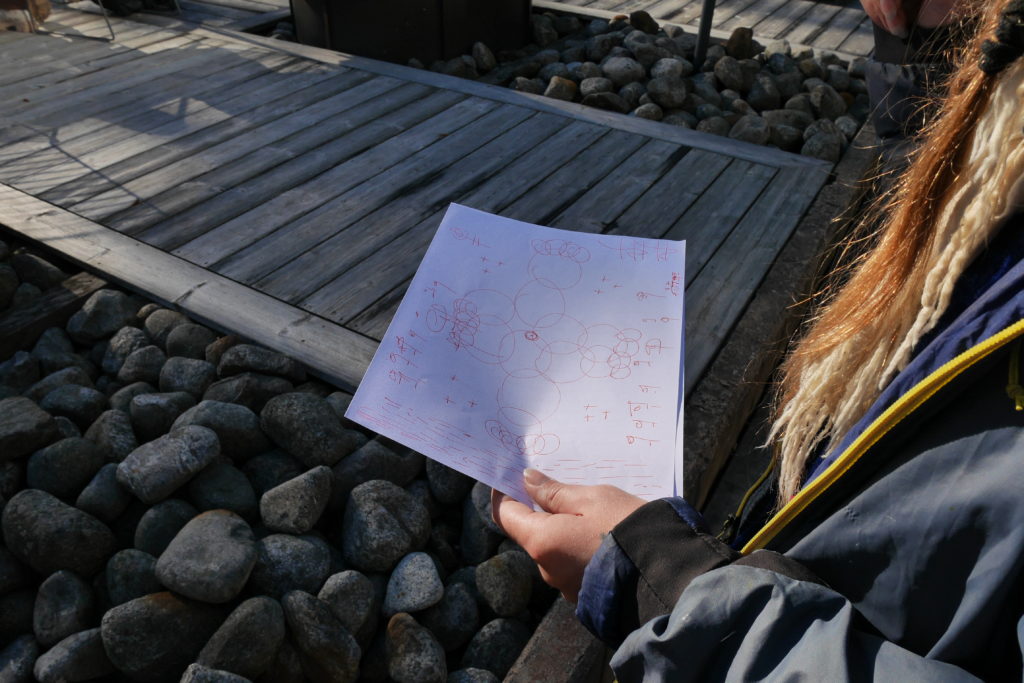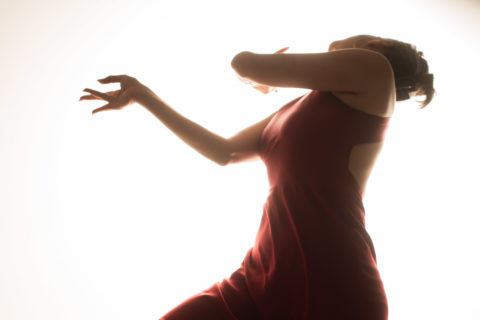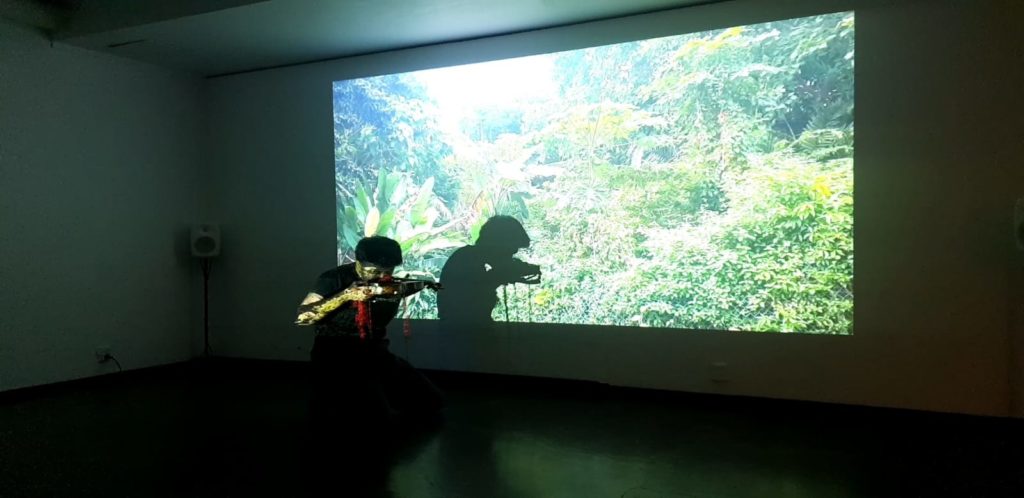
What does it mean to connect with desire in a world that is falling apart?
How can we practice listening beyond our aural capacities?
What can listening together teach us about the relationship between vulnerability and intimacy?
During my time in Turku, I became uninterested in arriving at definitive answers to these questions. I built a tolerance to hold the complexity of not knowing. I carved out space for somatic responses through a listening practice. I prioritised my desires and tuned into the joys of experimentation.
My sound installation version of All The Ghosts I Know Are Women was installed at the Sibelius Museum. It interrogates the (in)visibility of Asian femininity, complicating the perceptions of Asian women as passive, only to be feared when no longer mortal. The work subverts and draws from the folkloric tales of the 女鬼 and the Pontianak, repositioning these ghosts as feminist symbols of justice.
I experimented with the sonic materiality of objects referenced in these folkloric tales, in particular steel nails and fingernails. Over the course of the residency, it was revealed to me that each object was a container for two truths: power and pain. Positioning these experiences as diametrically opposed to each other is a futile cause. It is much more useful to think about them as part of the same whole, thereby supporting ourselves to maintain agency and a sense of hope.
How can we stand in our power whilst holding our pain?
As a queer woman in a racialised body, I became interested in the concept of agency and desire from a place of practicable action. As Audre Lorde reminds us in her essay on erotics, connecting with desire is a felt pursuit, one that becomes powerful when embodied, not merely intellectualised.
“The very word erotic comes from the Greek word eros, the personification of love in all its aspects—born of Chaos, and personifying creative power and harmony. When I speak of the erotic, then, I speak of it as an assertion of the lifeforce of women; of that creative energy empowered, the knowledge and use of which we are now reclaiming in our language, our history, our dancing, our loving, our work, our lives.”
– Audre Lorde, The Uses of the Erotic: The Erotic as Power
My lab on desire with Turku-based artists was inspired by this essay. My intention was to facilitate a space where desire could be explored somatically and later externalised through a process of interdisciplinary performance-making. This lab will eventually grow into a four-session series where participants will delve more deeply into both personal and collective desires.
My current practice raises questions on ethics, morality, feminism(s) and positional hierarchies in today’s socio-political context. As an artist who grew up in a patriarchal, hyper-capitalist society designed for conformist conditioning, engaging in critical discourse has become imperative in my work. For this reason, I am interested in decentralised* forms of art and music-making with musicians and non-musicians that move beyond aesthetics. I am eternally grateful to have had the opportunity to facilitate an additional scoring-improv lab and artist talk at Sibelius Museum with Turku-based artists that explored these ideas.
As a live performance artist currently branching out into interdisciplinary forms, the opportunity to show my first ever sound installation at Sibelius Museum has had a profound impact on my creative practice and approach to making. I want to extend a huge thank you to Titanik artists and staff: Rose, Farbod, Jari and Lotta; Arte.ry members; and Sibelius Museum staff Johannes and Jari for the support and warmth during my time in Turku. Thank you also to the artists who offered their presence and vulnerability in my experimental making labs. Thank you to CreateNSW for supporting this development.
I am truly blessed that my time at Titanik has led me towards more critical questions that will deepen my artistic practice.
*Centralised forms include hierarchical structures that prioritise consumerism often at the expense of art itself and the agency of artists. An example of this are state-controlled orchestras, ballet and opera companies prioritising profit, funders and major donors at the expense of artistic direction. Normalising these models without critical discourse often relegates the musician to merely engaging in skill and aesthetic in service of positional hierarchies and even political propaganda within the construct of the state-controlled institution.
